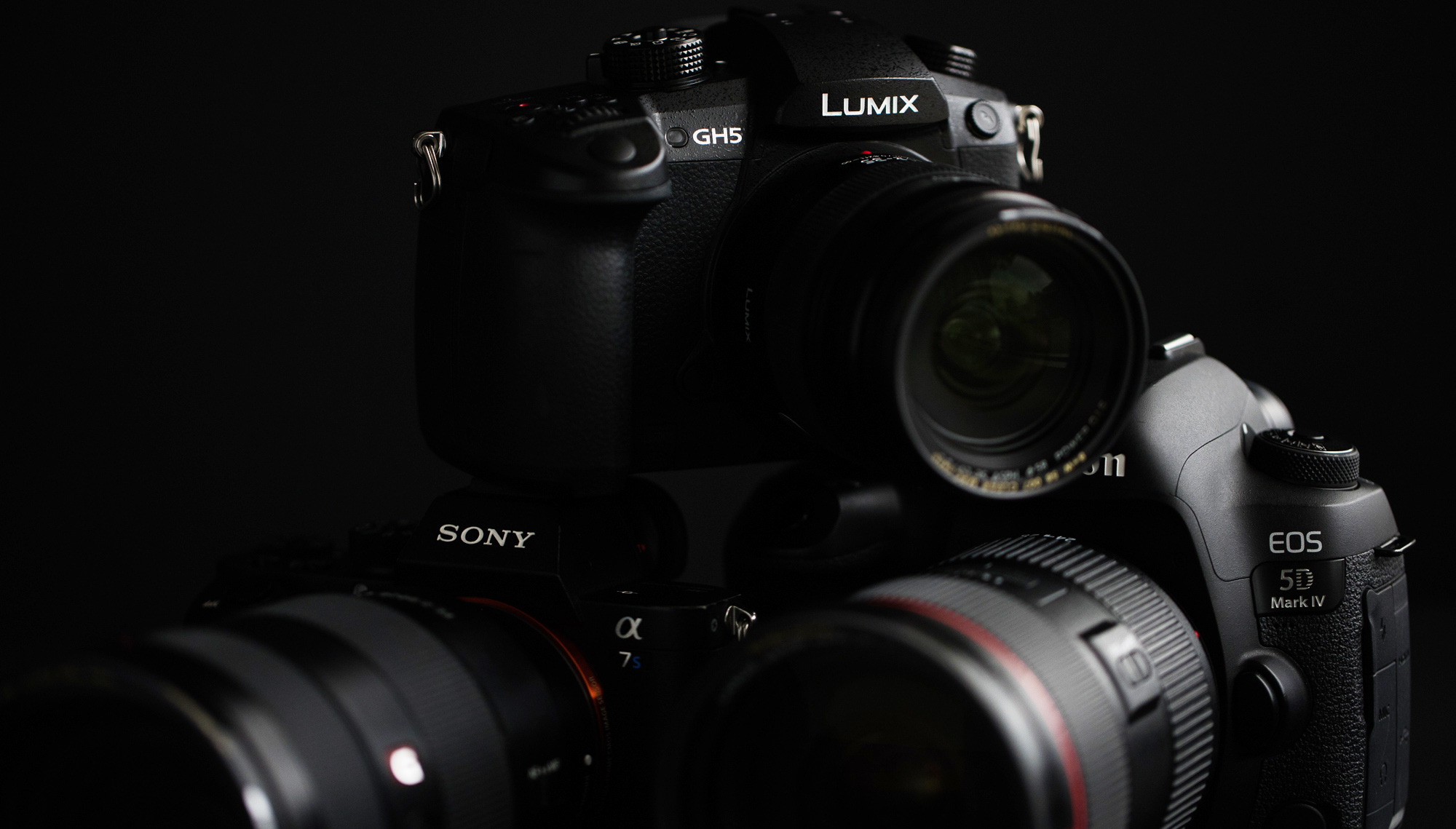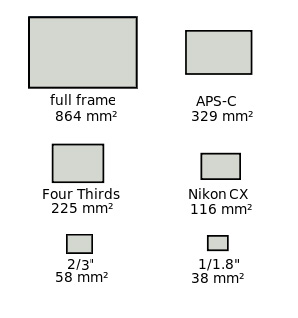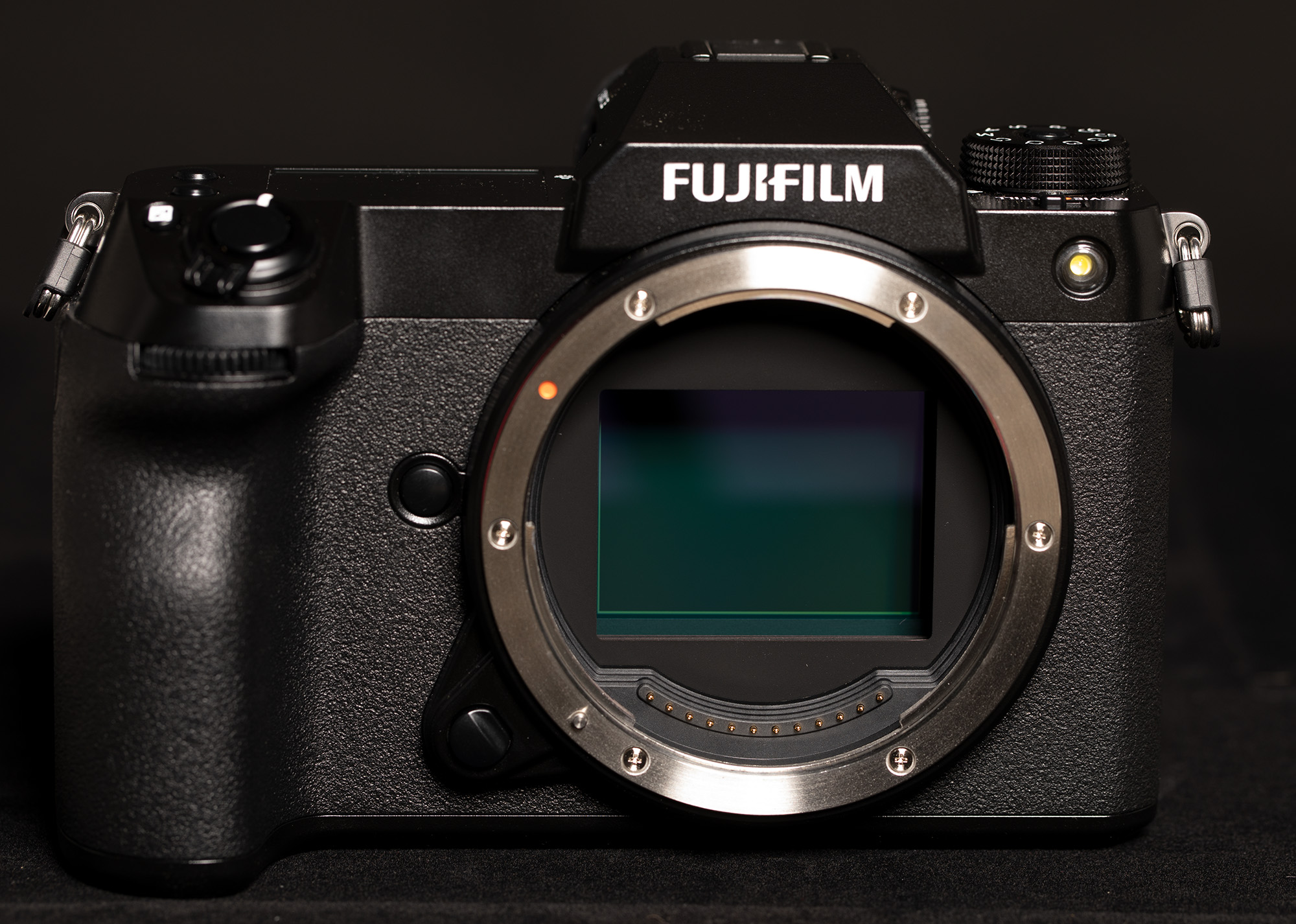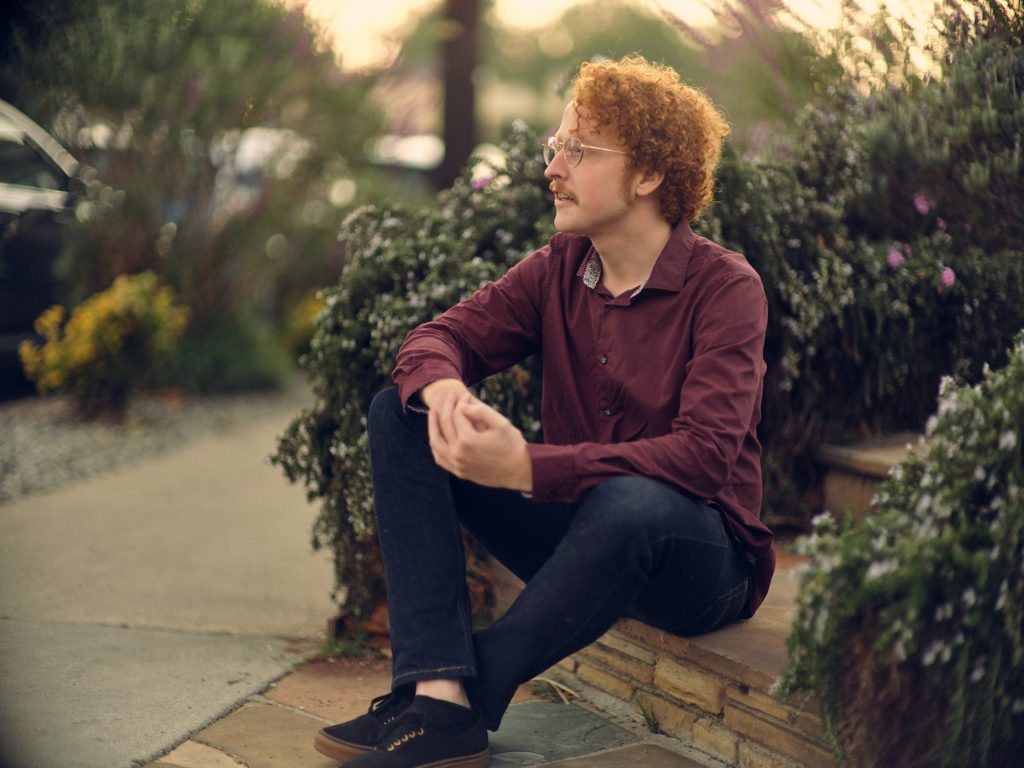Geek Articles
Sensor Format Size and Image Quality

In the last 10 or 12 years, I’ve owned and made many images with APS-C (with crop factors between 1.3 and 1.5), full frame (FF), and 33×44 (MF, or crop MF, depending on your level of precision – and maybe your agenda). During that time, I’ve also used larger MF cameras and a 72×96 mm Betterlight back that has an effective sensor area that’s larger than anything you can fit onto 120 film until you pass 6×9. That’s pretty much the range of sizes available to serious photographers except Four-Thirds and Micro Four-Thirds. After all that experience and all the testing that I’ve done, I’m pretty confident that I understand the broad benefits and drawbacks of format choices. I’m going to try to distill my understanding into this blog post.

First off, let me hasten to point out that there are indeed image quality implications of format choice. People often invoke the concept of equivalence, which Joseph James explains so well here, to argue the point that choosing a smaller format does not mean choosing lower image quality. Other people say that equivalence is baloney. Neither is correct. Equivalence, as defined by James, is a true analysis of an idealized reality, and is perfectly accurate within its constraints. The people who say that format choices don’t affect image quality are ignoring the limitations of equivalence. Those that say it’s bunkum are ignoring how well it works if you use it within its limits.
What are the limits of equivalence? You need the following to all be true:
- The same resolution in pixels across all formats compared.
- Full well capacities (FWC) are the same in all formats compared.
- Same color filter array (CFA) performance across formats
- Ideal lens designs only.
In the real world, usually, none of those things precisely apply. Let’s look at how they affect the findings of equivalence.
Resolution
A state-of-the-art MFT sensor is 20 MP. The current generation of CMOS BSI 645-ish sensors have about 150 MP. The almost-order-of-magnitude difference in pixel count means there’s about a three-to-one difference in resolution. If you print at all large, that’s a huge advantage to the larger format. Even the difference between MFT and the highest-res FF sensors, which are running around 60 MP, is significant.

Could we build 150 MP MFT sensors? Sure, we could; it might even be easier than making the sensor in the IQ4 150 MP. But could any manufacturer sell that sensor profitably? I doubt it. It wouldn’t have anywhere near the dynamic range of the big sensor – see #2 above – and there would be issues with the current crop of MFT lenses. They’d probably have to charge near-Phase-One prices for the cameras, and almost all of the target group of customers would opt for the real thing.
Dynamic Range
Given a design and a wafer-processing technology, the number of electrons that can be stored at a photosite is mainly a function of the area of that photosite. That sets the limit on the highlight detail that can be retained. The low limit is set by the read noise, which is not a strong function of pixel pitch. The dynamic range is related to the ratio of the two and to the photon noise, with a few other factors thrown in depending on the particular flavor of DR we’re talking about. But in general, as you make the sensor smaller and keep the pixel count the same, you lower the FWC drastically and give the shadow noise a nudge southward. The result is that the DR of the smaller sensor is lower than that of the larger one. If the sensor sizes aren’t that different, the loss of DR in making the sensor smaller isn’t too great. If the gap between the sizes is a chasm, so is the DR hit for the smaller sensor.
CFA Practicalities
Now that we’ve mostly made the transition to back-side-illumination (BSI), it’s not as important as it used to be, but it used to be that the dirty secret of some sensors was that, with some lenses well away from the lens axis, the light could come through one color filter array (CFA) dye and land on the photosite that was under a different CFA dye. That meant that the color information was contaminated and would be decoded improperly. This is called CFA crosstalk, and gets worse as the pitch gets finer, because an offset of, say, 1 micrometer (um) is only 15% of the pitch of a 6 um pitch sensor, but 45% of the pitch of a 2 um sensor. You can make the CFAs thinner as the sensor pitch drops, but it’s not possible to make them proportional. I vaguely remember that there’s also something similar going on with microlenses.
Real-World Lenses
As the format gets larger, the f-stop required for the same depth of field (DOF) and diffraction gets narrower. When you’re considering ideal lenses, that doesn’t make any difference. But in the real world, it’s a heck of a lot easier to design and manufacture a great f/4 lens than a great f/1.4 lens. Decreasing the aperture just makes everything easier.
- Off-axis bokeh can be better because the size of the ray bundle is decreased.
- Vignetting is less of an issue.
- The behavior on the transition from in to out of focus is more ideal.
- Off-axis aberrations are decreased.
If you take a lens of the same design and scale it up from one format to another twice the linear dimensions, the length of the lens will double, and its volume and weight will go up by a factor of eight. But if it can be two stops slower, and equivalence says it can, it may be just as long, but it will be a whole lot lighter.
And the lens can be simpler – a lot of the complexity of fast lens designs is there to deal with issues that wouldn’t be significant at all if the lens were slower.
Equivalence is fine as far as it goes, but there are practicalities that mean that the constraints of the theory don’t apply to all aspects of the universe in which we happen to live.
So far, we’ve been talking only about the technical challenges of camera and lens design and manufacture. But business rears its ugly — ugly only to the person who wants to be able to model everything — head.
Designing for the Market
When your cameras cost a bundle, you design lenses that are not as constrained by manufacturing costs (cogs) as they would be if most of your sales came from Best Buy. So, even if the designs had to be as complicated as those for smaller formats, the companies making lenses for the big ones would be shooting higher. Couple that with the fact that the slow lenses needed for bigger formats are better inherently and easier to design, and you’ve got a recipe for the lenses getting better as the format gets bigger.
Price and Volume
There’s another effect that runs in the same direction as the one immediately above as you go from MFT to APS-C to FF but reverses course above that. High volume makes lenses cheaper on a per-lens basis, and having a big market means that lens designers can cater to niches within that market. Put those two together and you’re going to see a lot of time and effort being spent on the high-end full-frame market. This isn’t enough to counteract the advantages of medium format lenses, but it’s a countervailing tendency.
Good Enough
There are those who want to future-proof their work, but most of us make images with one or more uses in mind. Over the last 30 years, we’ve seen the image quality from any given format size increase dramatically to the point where a format a couple of sizes down from another can easily produce images that outshine what its big brother could have done some time ago. But, 4K displays – and now 5K, 6K, and 8K– to the contrary, our needs for image quality are not growing nearly as fast as the cameras themselves are advancing. Trees don’t grow to the sky. Although they are increasingly technically possible, the likelihood of digital 6×9 cm, 4×5 inch, and 8×10 inch area-capture formats in mass production is vanishingly small*. Indeed, the question is whether, five or six years hence, any new cameras larger than 33×44 mm will be shipping in other than boutique quantities. As time goes by, 33×44 will be in danger.
Formats and Perspective
For the purposes of this discussion, let’s define perspective as the arrangement, location, orientation, and size of three-dimensional objects captured by a camera that represents the scene in two dimensions. Let’s limit ourselves to rectilinear lenses. Most camera lenses strive for, and usually come quite close to, rectilinear reproduction. Fisheye lenses are a notable exception, as are the anamorphic lenses used with some motion-picture cameras.** With that definition limitation, perspective is determined by camera location (to be precise, the location of the entrance node of the lens) and the field of view, not by format.
There are people who will tell you that medium format renders perspective differently from full frame cropped to 4:3. There are people who will tell you that the earth is flat. There are people who say that MF compresses space more than smaller formats. There are people who say that Stanley Kubrick filmed Neil Armstrong’s first lunar steps on a set in Borehamwood, England.
The Illusion of Depth
Photographs are flat. Absent trickery such as that used for stereo imagery (goggles, glasses, prisms, etc), they look flat for the most part. Yet there is sometimes a three-dimensional quality to them, where some objects seem to be in front of others, and subjects stand out strikingly from backgrounds. This is sometimes called “3D pop” and is prized by many. The effect is the result of many things besides perspective: color relationships (like chromostereopsis), the brain’s exaggeration of vertical distance, texture gradients, depth of field, elevation, and the like. When these all work in consonance, the illusion is more powerful. When they offer opposite clues, it is weak or non-existent.
One of the depth-cue generators is the nature of the transition from in-focus to out-of-focus parts of the image. The details of this transition are a function of the particular lens design under consideration. The behavior is quite complicated. It is not too hard – especially for cameras with automatic focus bracketing – to examine this transition with a point-source target. It is next to impossible – at least for me – to look at such a sequence of images and come to conclusions about what they say about the likelihood of 3D pop with any given lens. It has been my experience that relatively simple lens designs are better at creating the effect than the staggeringly complex ones that we’re seeing more and more of these days. Leica aficionados say that Leica lenses are unique in consistently delivering this quality. That has not been my experience, but I do have one Leica lens, the 90/2 Apo Summicron M ASPH, that sometimes seems to produce it.

The Medium Format Look
In some circles – and the fact that I’m so acutely aware of this, Lord help me, is an indication that I need to get out more – there are currently fervid conversations (I’m being generous with that noun) about the presence or absence of something called the “MF look”. This look, like the “Zeiss look” or the “Leica look”, is not precisely defined, and its source is not nailed down, but my personal belief is that there is a signal buried underneath all that noise, even though the signal-to-noise ratio is well under one. I think that a part of the look stems from the better off-axis performance of MF lenses, which occurs for the reasons described above: they’re slower and they’re better. A big part of it probably comes from the way that MF lenses handle the transition from in to out of focus: they are by and large simpler, and have lower high-order aberrations that come from the correction of low-order ones. Another part of it is a result that the photographers who use MF are as a group more accomplished than those using smaller formats. Even if they aren’t consciously juggling depth-cue generators to get them all pointed in the same direction, some of them have enough experience that they may be able to make it happen at will.

MF is not unique in having a look. We’ve all seen videos made with small-sensor cameras and noted the generally unappealing lack of subject separation that occurs because they don’t have lenses that are fast enough (consider that to emulate the look of an f/2 lens on a Super 35 sensor with a 1/3 inch sensor (6 mm diagonal), you’d need a lens faster than f/0.5, which is impossible with refractive optics).
Netting it Out
- For IQ, size matters, and bigger is better
- But bigger is heavier and more expensive, too – and therefore less popular – and niche markets aren’t where you’re likely to find price/performance stars.
- Once an image is good enough for its intended use, there is little point in making it better, especially if doing so involves large amounts of cash and great inconvenience.
- There is no magic.
*There are already A-size and B-size line-capture cameras readily available at low prices. They are optimized for macro photography. We usually call them scanners.
**Have you ever looked at out-of-focus background point sources in movies made with anamorphic lenses? Weird.
Related Reading
- How Your Camera’s Focus Bracketing System Works
- How to Expose Raw Files – Part 1
- Experiments For Ultra High-Resolution Camera Sensors
- What Sensor Size is Best for You as a Videographer?
Author: Jim Kasson
I’ve been a photographer since high school, and an electrical engineer all of my professional life. The two things came together for a while. From 1989 until the middle of 1995, I worked as an IBM Fellow at the Almaden Research laboratory south of San Jose, CA. For those six years, my principal area of research was color management, color processing for digital photography, and color transformations such as gamut mapping. At other times in my career, I researched speech recognition and speech bandwidth compression and developed data acquisition and process control computer systems, telephone switching systems, and data communication systems. I retired in 2000, and for the last 22 years when I’m not serving on NFP boards unrelated to photography, I’ve been spending most of my free time making photographs.-
DrJon
-
Christopher Maple
-
JB
-
John Matthews
-
Alex Greenfield
-
Barbu Mateescu
-
Mark Rustad
-
Henry Winokur
-
Athanasius Kirchner
-
Luminous Matter
-
t_linn
-
Zach Sutton Photography
-
Franz Graphstill
-
Luminous Matter
